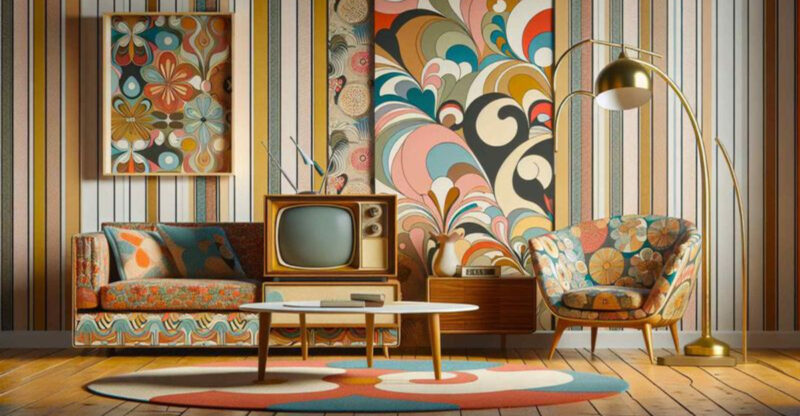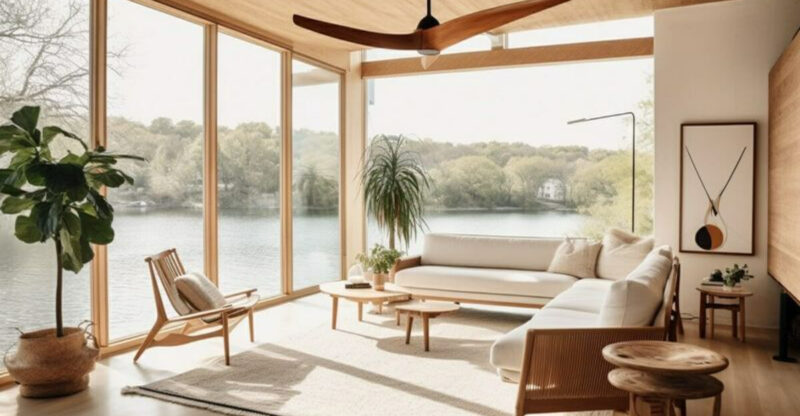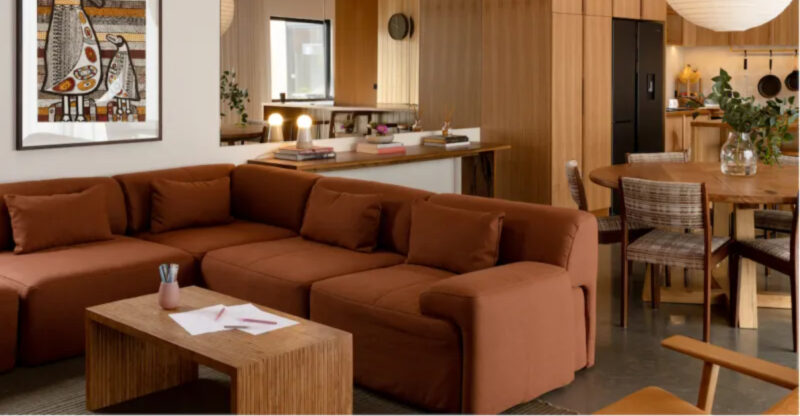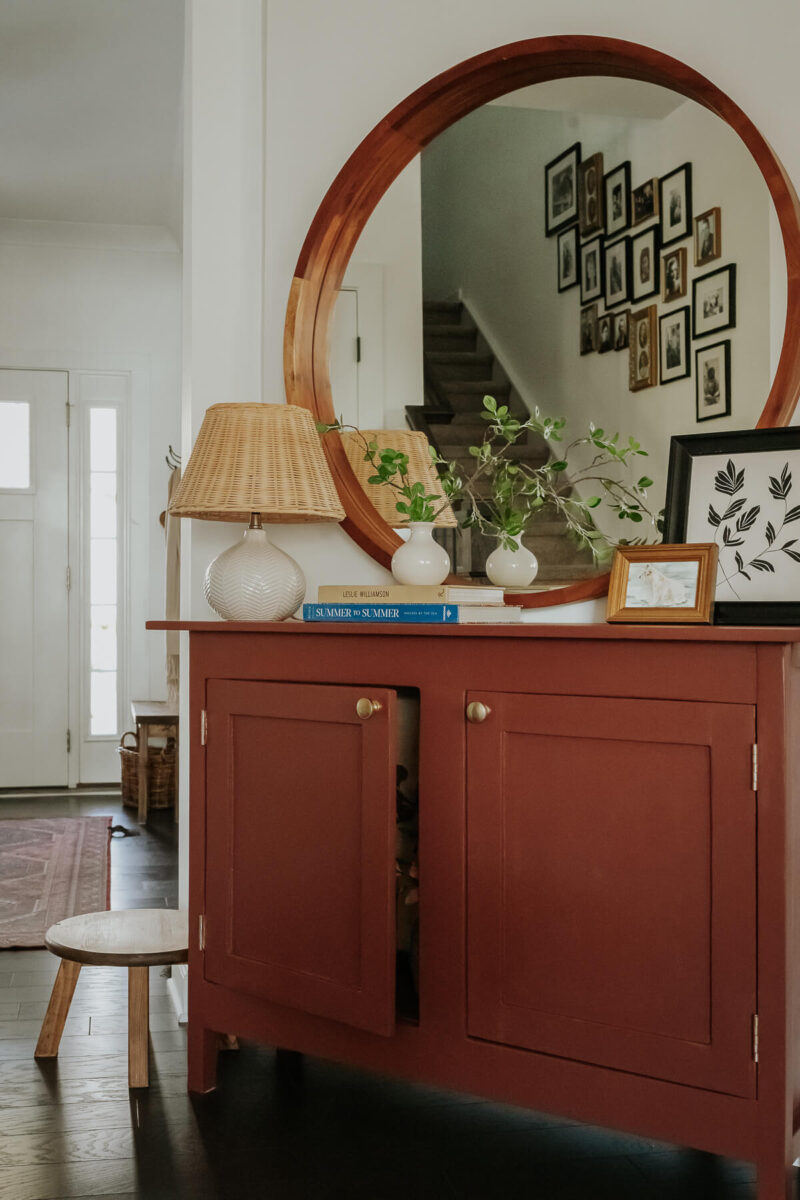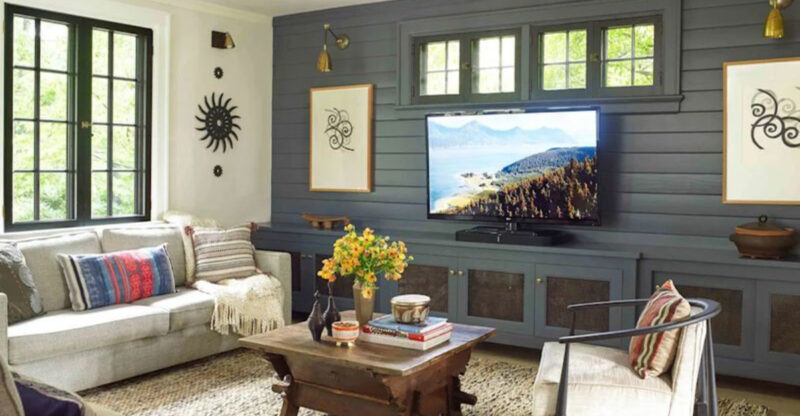Should You Pick Your Paint Or Furniture First? Here’s What Designers Say
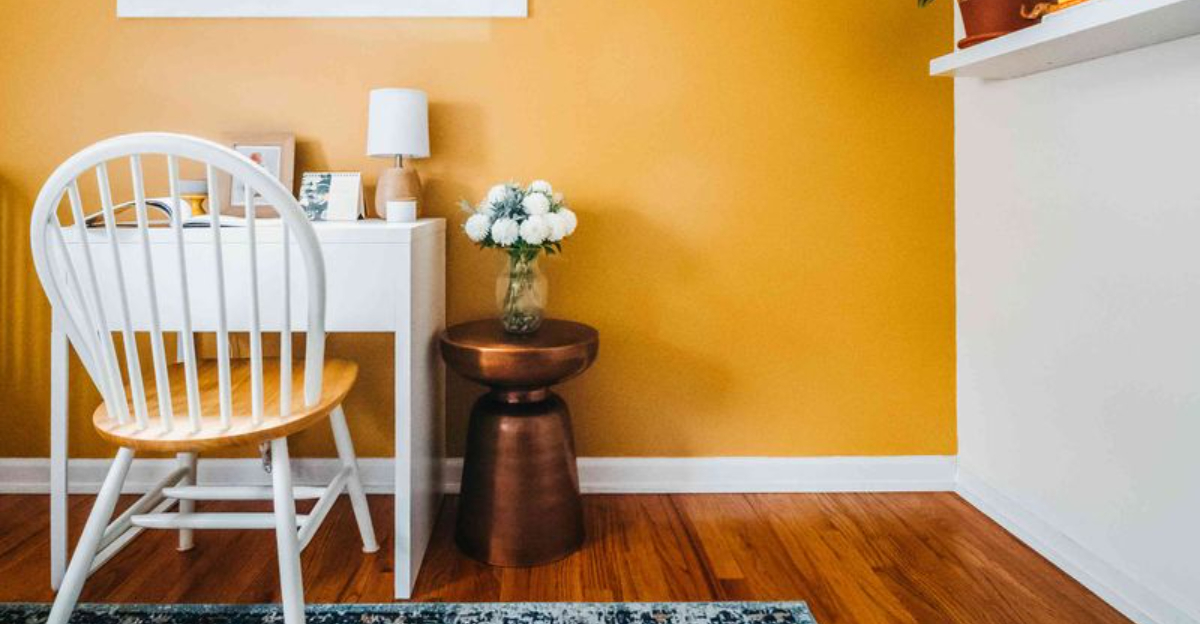
Standing in the middle of an empty room with paint swatches in one hand and furniture catalogs in the other can feel like a chicken-or-egg dilemma. Where do you begin?
As someone who’s guided countless homeowners through this exact predicament, I’ve gathered insights from top designers on whether paint or furniture should lead your design dance.
The answer isn’t one-size-fits-all, but these professional tips will help you create a space that feels cohesive rather than chaotic.
1. Start With Statement Furniture
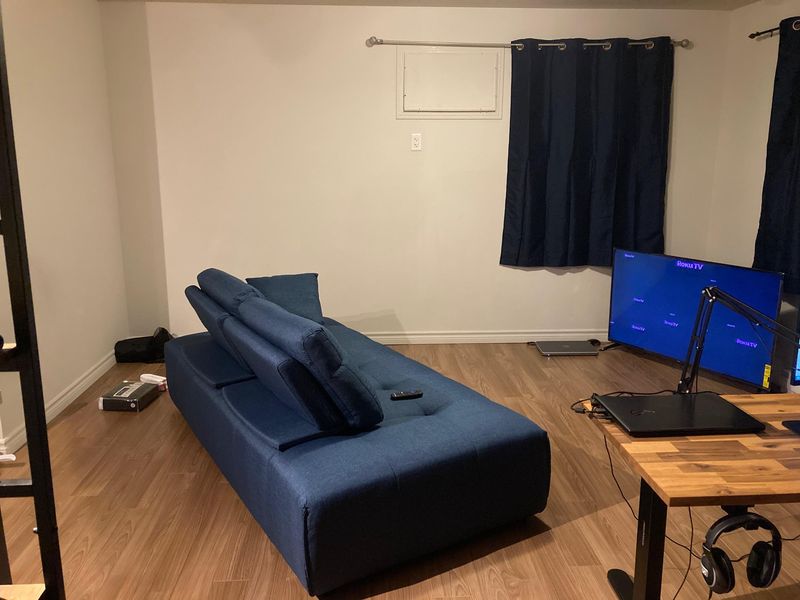
Most designers agree, anchor pieces should come first! Finding that perfect sofa or dining table gives you a solid foundation to build around. These larger investments typically stay with you longer than wall colors will.
Think about it, you’ll repaint walls more often than replace quality furniture. When you fall in love with a particular fabric or wood tone, those elements can inspire an entire room’s color scheme.
Plus, furniture options are more limited than the practically infinite paint color choices. You can always mix a custom paint to complement your furniture, but finding a sofa that matches pre-selected walls? That’s a designer’s nightmare!
2. Follow The Price Tag Strategy
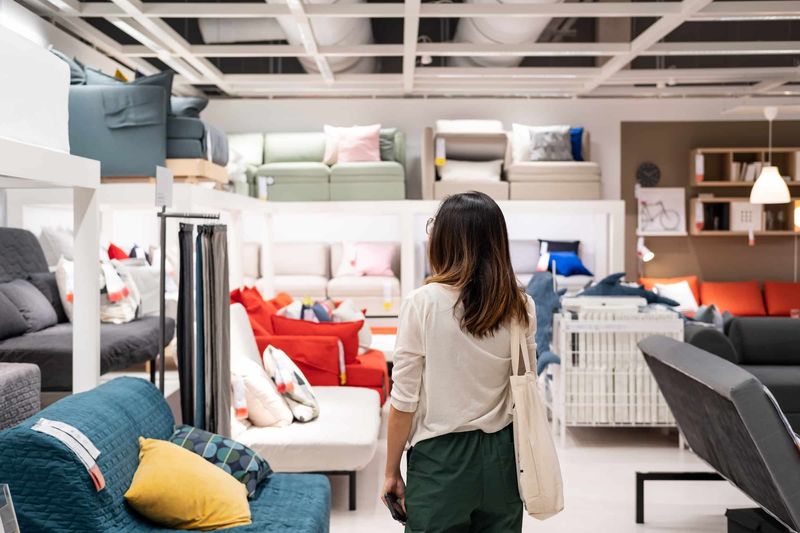
My practical advice? Invest in the expensive stuff first. Typically, furniture represents a bigger financial commitment than paint, making it the logical starting point for most spaces.
A gallon of premium paint costs around $50, while quality sofas run into thousands. When budget matters, secure your big-ticket items that satisfy both comfort and style needs, then coordinate paint accordingly.
This approach also prevents the heartbreak of finding perfect furniture that clashes with already-painted walls. Why limit your options on the more substantial investment? Smart designers know, prioritize according to price point for fewer regrets!
3. Let Architecture Guide You
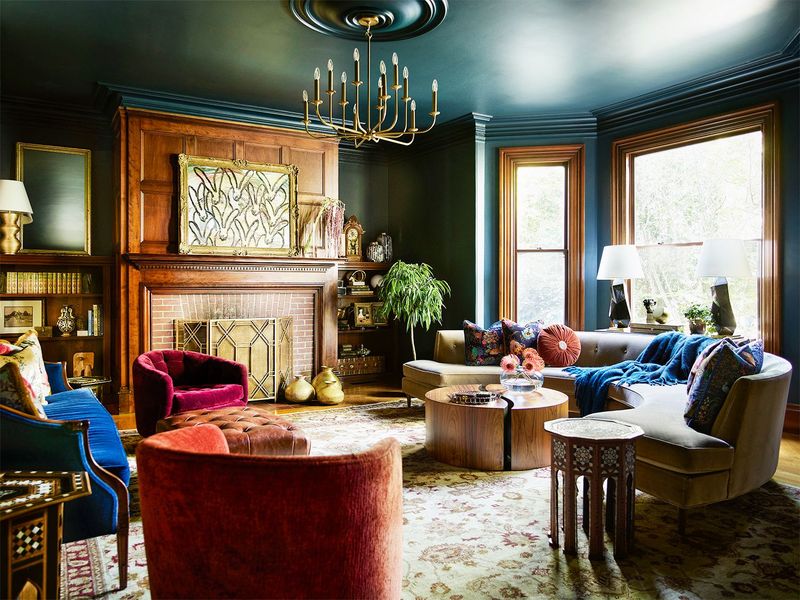
Occasionally, the room itself should be your compass! Spaces with distinctive architectural features, exposed brick, wooden beams, or period moldings, often demand specific treatment that influences both furniture and paint choices.
Historic homes particularly benefit from this approach. The architectural style provides natural constraints that help narrow your options for both elements simultaneously.
Work with what you’ve got rather than against it. Those gorgeous Victorian details might suggest certain color palettes, while mid-century spaces could point toward furniture styles that honor the era. When architecture speaks clearly, wise designers listen first!
4. Create A Comprehensive Design Plan
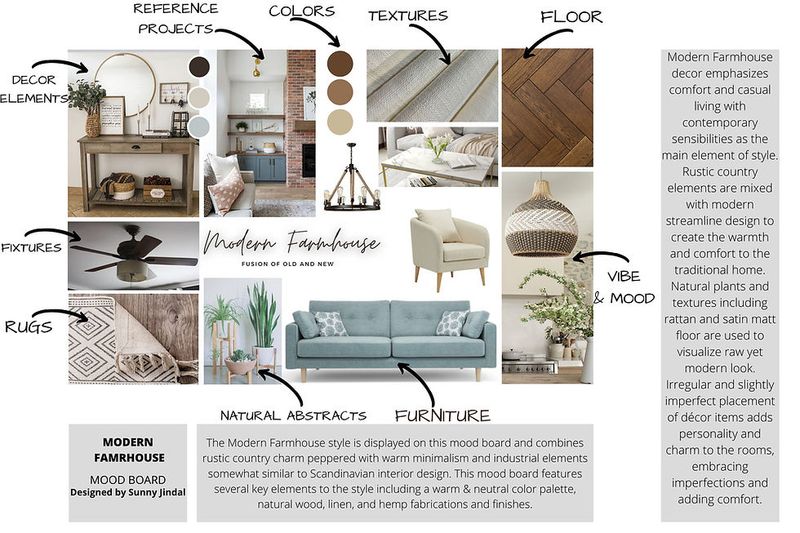
The secret of professional designers? We rarely choose either paint or furniture first, we develop comprehensive plans encompassing both. Creating a cohesive vision through mood boards helps visualize how elements work together.
Gather inspiration images, fabric swatches, flooring samples, and paint chips simultaneously. This holistic approach prevents tunnel vision and helps identify potential clashes before making purchases.
Even simple tools like Pinterest boards or magazine clippings arranged together can reveal whether your choices create harmony. Though this method requires more upfront planning, it dramatically reduces expensive mistakes and disappointments later.
5. Design Around Your Inspiration Piece
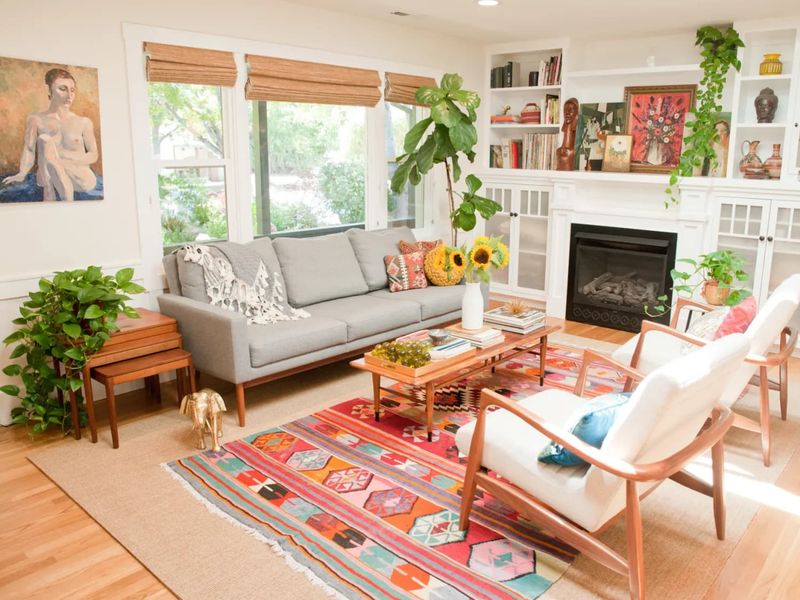
The trick many designers won’t tell you upfront? Start with whatever item makes your heart sing! Maybe it’s a vintage rug with colors that transport you to another time, or perhaps an heirloom painting that carries family history.
These inspiration pieces naturally suggest a color palette for both furniture and walls. Your grandmother’s blue-and-cream tapestry might inspire a serene living room with cream walls and blue accent furniture. That bold abstract painting could guide you toward dramatic wall colors that make your neutral furniture pop.
Working from an inspiration piece creates cohesive spaces that feel intentional rather than randomly assembled. This approach honors what you truly love, ensuring your space reflects your personality rather than passing trends.
6. Consider Your Color Flexibility
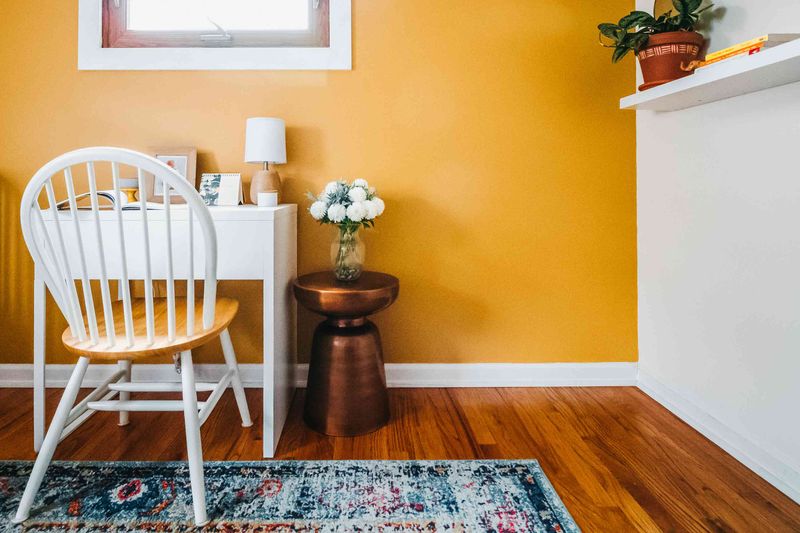
Sometimes paint should lead the charge! However, this approach works best when you’ve fallen head-over-heels for a specific color that sparks joy every time you see it.
Maybe you’ve been dreaming of that perfect sage green kitchen since forever. In such cases, select your must-have hue first, then hunt for furniture that harmonizes with it.
Remember though, this method requires more patience during furniture shopping. You’ll need to reject pieces that clash with your chosen paint, potentially limiting options or extending your search timeline. Worth it for that perfect color? Only you can decide!
7. The Bottom Line: Pick Furniture First, Paint Will Wait
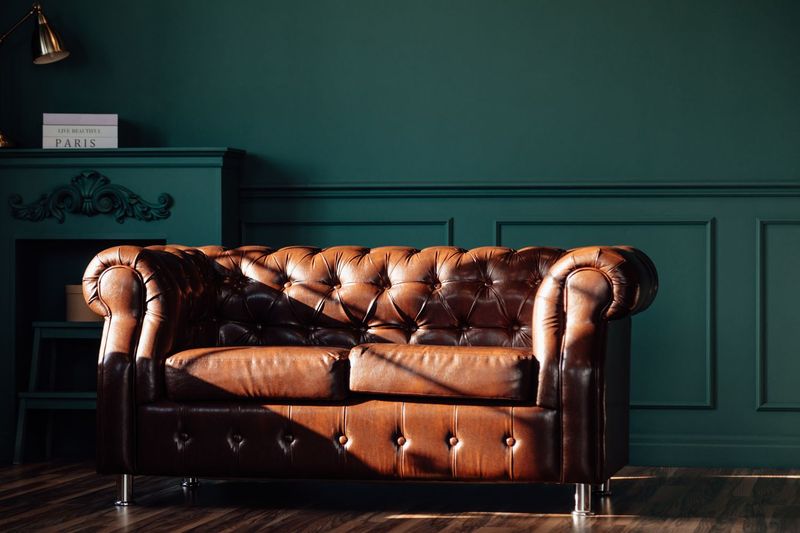
Professional designers often recommend selecting your key furniture pieces before choosing wall colors. Finding that perfect sofa or dining table that fits your space, budget, and style can be challenging, there are limited options compared to the endless paint colors available.
Once you’ve committed to furniture, matching paint becomes much simpler. Paint manufacturers offer thousands of shades that can be custom-mixed to complement your furnishings perfectly. Many stores even provide color-matching services where they can create a custom shade based on your fabric or wood tone.
Think about it… Repainting a wall costs around $100, while replacing furniture you don’t love might set you back thousands. Smart designers know this budget-friendly approach saves both headaches and dollars.

